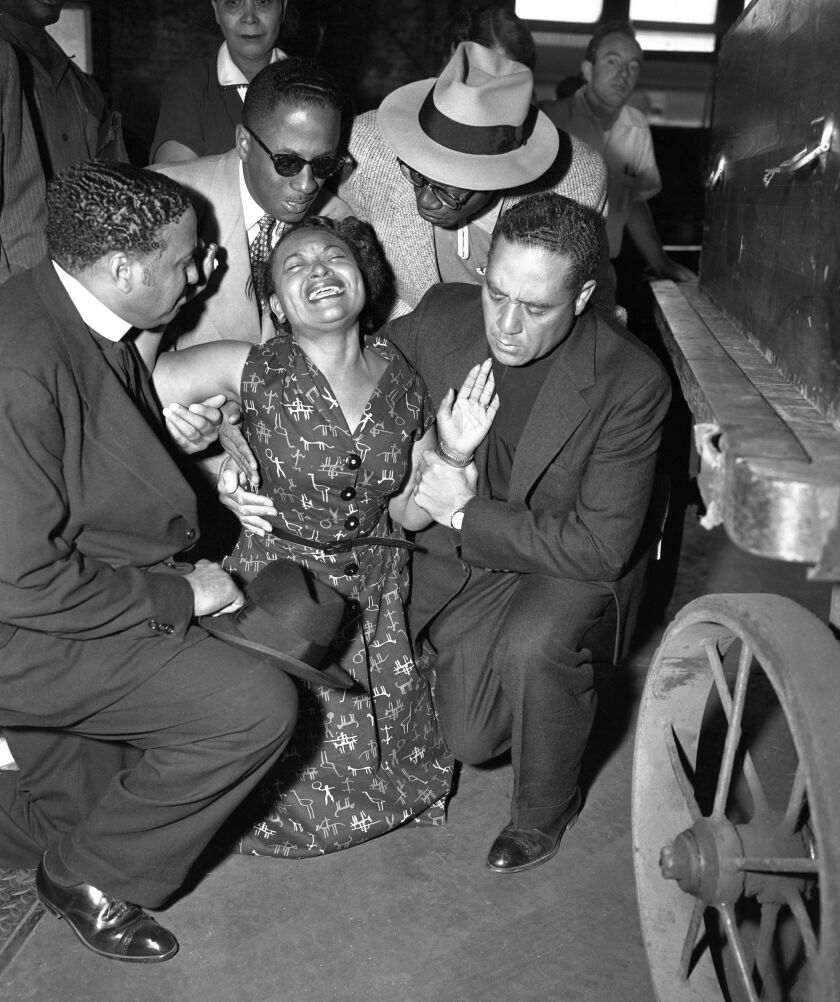A city-owned Greek Revival house that’s considered Chicago’s oldest home most likely wouldn’t exist today were it not for an influential South Side pastor.
But the story of how the late Bishop Louis Henry Ford, pastor of St. Paul Church of God in Christ, saved the 186-year-old Henry B. Clarke House and helped facilitate its 1977 relocation to its current (and near-original) site at 1827 S. Indiana Ave., was too often relegated to the back seats of history whenever the noted home was discussed.
Until now, that is.
The City Council last week rightfully voted to change the name of Chicago’s oldest landmark from the Henry B. Clarke House to the Henry B. and Caroline Clarke/Bishop Louis Henry and Margaret Ford House.
The new title is no doubt a mouthful — it’ll be called the “Clarke-Ford House” for short — but the moniker corrects the record to show Ford’s critical involvement in saving and preserving the home.
“As it relates to African Americans in the city of Chicago and this nation, the history has been obfuscated — in many arenas obliterated,” said Ford’s grandson, Kevin Anthony Ford, senior pastor at St. Paul COGIC, 4528 S. Wabash Ave. “So it’s critical that the African American component to history be brought into the light.”
House moved ‘at walking speed’ in 1977
The Clarke-Ford House was built in 1836 on a large swath of land near 17th Street and Michigan Avenue, when the area was still a lakeside prairie.
But in 1872 — 36 years after the home was built — the land on which it sat was sold to a church. So the dwelling’s new owner moved the house four miles south to 4526 S. Wabash Avenue.
Then in 1941, the home was bought by the Louis Henry Ford and the rapidly growing St. Paul COGIC.
Ford lived in the home and used it as part of the church until the mid-1970s, preserving the building and celebrating its anniversary every year, according to a history of the home compiled by the landmark Glessner House museum.
The Clarke-Ford House was officially landmarked in 1970. The city later bought the residence from St. Paul, and on Nov. 23, 1977, workers began moving the home back to its old neighborhood as part of the creation of the Prairie Avenue Historic District.
The painstaking move would take nearly a month and was as historic as the house itself.
That’s because the CTA’s elevated Green Line had been built since the building’s 1872 move to the South Side. Moving the house north meant jacking up the house nearly 30 feet to get it over tracks near 44th Street and Calumet Avenue and rolling the building across on temporary tracks.
The house was moved “at walking speed,” according to the Glessner House history, from 44th Street, then north on King Drive and Michigan Avenue toward its current site at the Chicago Women’s Park in the Prairie Avenue Historic District.
New name — and a new approach
Bishop Louis Henry Ford died in 1995 at the age of 80. Leader of the 8.5 million member Church of God in Christ denomination, Ford also delivered the eulogy at Emmett Till’s funeral in 1955.
Chicago’s Calumet Expressway was renamed in Ford’s honor in 1996.
Kevin Anthony Ford advocated for the name change, along with the Chicago group Preservation Futures.
“I went on one of the tours there, and the tour guide was explaining the house,” Ford told NPR. “I just blurted out, ‘You haven’t made mention of the history of this house as it relates to St. Paul Church of God in Christ.’ ”
But that’s likely to change now, thankfully. The city’s Department of Cultural Affairs and Special Events said it will hire a curator and create new programming for the Clarke-Ford House, aimed at telling the home’s complete history.
In addition, a million dollars in rehabilitation work is also planned for the house, the agency said.
All of this is needed and welcomed in a city that is seeking — and desperately needs — a more equitable telling of its history as it plots its future.
The Sun-Times welcomes letters to the editor and op-eds. See our guidelines.






